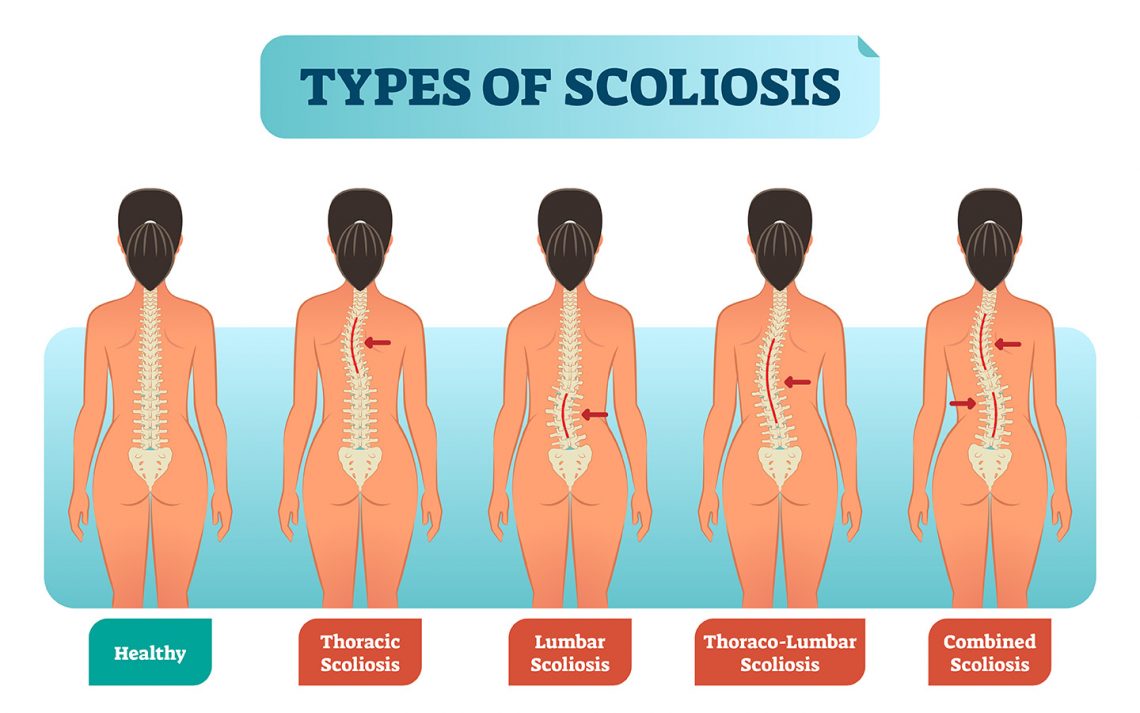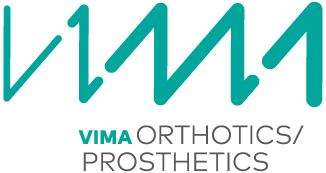
Scoliosis is characterised by lateral bending and rotation in the spine making it a three dimensional deformity.
Who is more likely to be a scoliosis patient?
It is most common to develop during teenage or pre-teenage years and is more prevalent in girls. We have put together some information for parents to help them check at home very easily for any signs of scoliosis.
If you are a parent this is how to observe for scoliosis:
- Stand behind the child so that you can directly observe the spine
- Look at the shoulders and hips – Do they look even?
- Ask the child to bend forward to touch their toes, keeping their legs straight – Do you see a hump on one side?
Some typical features of scoliosis that will help a parent detect scoliosis are:
- Leaning onto one side of the body
- Uneven shoulder heights
- Uneven hip heights.
- Clothing not hanging evenly
- An asymmetry with an obvious hump on one side of the back
- In severe cases scoliosis may cause some breathing difficulties
- Back pain is not common however some patients may experience occasional back pain
In severe forms of adolescent idiopathic scoliosis and congenital scoliosis it is common practice to use spinal braces as a means to control the scoliosis and to either 1. Prevent further deterioration or 2. Reduce the rate at which the scoliosis develops.
The scoliosis is reviewed and measured using X-Rays of the spine either in brace or out of brace every few months.
At VIMA we work closely with your spinal consultant to coordinate for improved outcomes and for a spinal brace that is biomechanically desired and fully customised. We will regularly reviews your brace during growth to optimise how it fits and functions. The most common type of brace is is made out of thermoplastic called “Boston brace”. It must usually be worn all day and removed only when showering or bathing or during sporting activities and physiotherapy.
